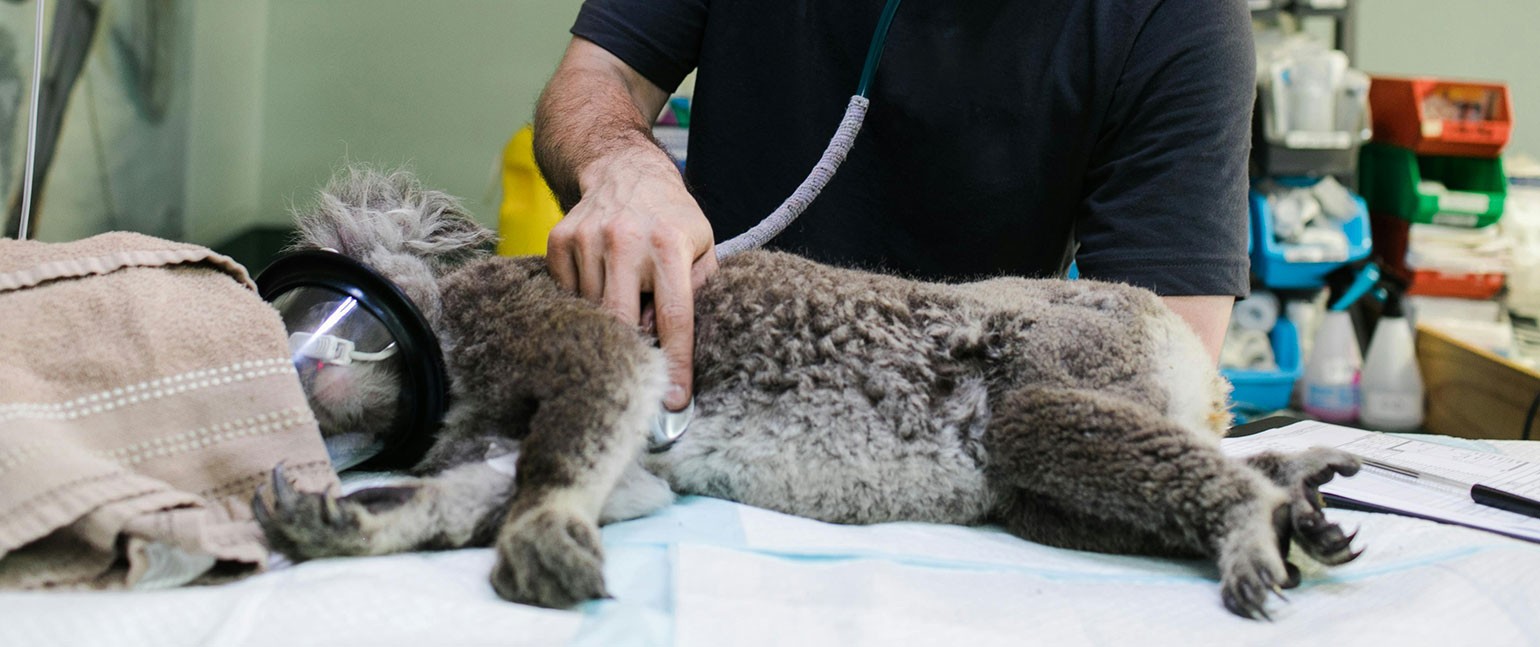I. Applications of Oxygen in Veterinary Medicine
1. Emergency Resuscitation and Critical Care
• Hypoxia Rescue: Used for emergency treatment of hypoxia caused by cardiopulmonary failure, asphyxiation, or poisoning (e.g., resuscitation of cats and dogs from suffocation).
• Respiratory Support: Complements ventilators in treating chronic respiratory diseases (e.g., canine asthma, equine lung disorders).
2. Anesthesia and Surgical Support
• Anesthetic Gas Blending: Mixed with anesthetics to maintain blood oxygen saturation and reduce surgical risks.
• Postoperative Recovery: Accelerates recovery from anesthesia and reduces complications (e.g., postoperative hypoxemia).
3. Treatment of Respiratory Diseases
• Chronic Disease Management: For long-term treatment of chronic bronchitis, pulmonary fibrosis, etc. (e.g., elderly dogs, caged birds).
• Nebulization Therapy: Combines with medicated aerosols to improve tracheal and lung ventilation (e.g., equine cough syndrome).
4. Hyperbaric Oxygen Therapy (HBOT)
• Wound Healing: Accelerates tissue repair for refractory ulcers, burns, or postoperative infections.
• Neural Injury Recovery: Improves recovery from cerebral hypoxia or spinal cord injuries (e.g., pet strokes or traumatic neurological damage).
5. Reproduction and Incubation Assistance
• Embryonic Development: Enhances hatching rates in incubators/brooders for poultry and reptiles (e.g., crocodiles).
• Dystocia Management: Alleviates hypoxia during parturition in livestock, reducing fetal asphyxiation risks (e.g., cattle, sheep).
II. Advantages of On-Site Oxygen Systems as Oxygen Sources
Pressure Swing Adsorption (PSA)/Vacuum Swing Adsorption (VPSA) systems generate high-purity oxygen by physically adsorbing nitrogen from air. Compared to traditional liquid oxygen or cylinder oxygen, they offer the following benefits:
1. On-Demand Oxygen, Safe and Convenient
• No Storage or Transport: Oxygen is produced and used on-site, eliminating leakage or explosion risks associated with liquid oxygen, ideal for veterinary clinics and farms.
• Continuous Supply: 24/7 oxygen availability ensures uninterrupted care during emergencies or surgeries.
2. High Purity and Precision Control
• Purity of 93%-99.5%: Meets medical-grade oxygen standards, avoiding contaminants (e.g., CO₂, water vapor) that could compromise treatment.
• Adjustable Flow Rates: Tailored to animal size (e.g., small pets vs. large livestock) and therapeutic needs.
3. Cost-Effective and Eco-Friendly
• Lower Long-Term Costs: Eliminates expenses for liquid oxygen procurement, transportation, or cylinder refills, especially in high-frequency use scenarios.
• Green Operation: Relies solely on air separation with no chemical residues, ensuring environmental compliance.
4. Compact Design and Smart Automation
• Space-Efficient: Suitable for clinics, mobile emergency vehicles, or wildlife rescue operations.
• Intelligent Monitoring: Real-time tracking of oxygen concentration, pressure, and flow, with automated alarms for abnormalities. Minimal maintenance required.
5. Versatile Customization
Adaptable Solutions: Customizable oxygen volume, purity, and pressure to meet diverse needs, from pet hospitals to large-scale breeding facilities.
The safety, cost-efficiency, and flexibility of PSA/VPSA oxygen systems make them an ideal choice for veterinary applications requiring continuous, high-purity oxygen (e.g., emergencies, surgeries, chronic treatments). These systems not only enhance treatment outcomes but also reduce operational costs and environmental risks, advancing modern veterinary care.



